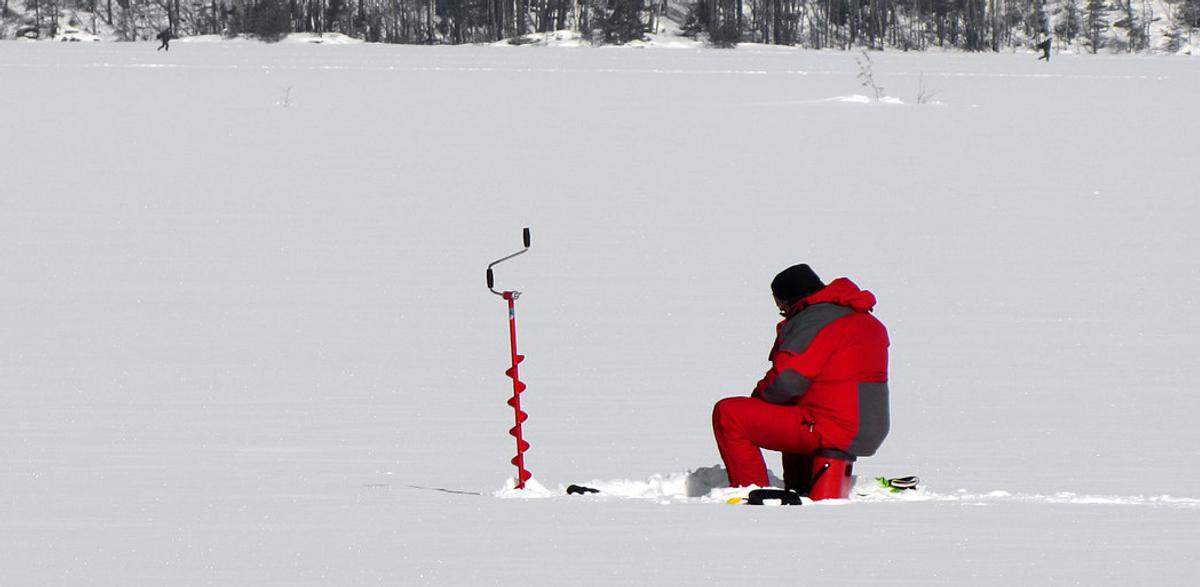Ice Fishing Safety: 9 Tips For Fishing Hard Water This Winter
Ice fishing is a winter tradition all across the northern and eastern parts of the United States, along with our brothers to the north in Canada. Ice fishing safety is all about the knowledge, and not taking risks. You should first and foremost follow these guidelines before heading out on the ice, provided by the Minnesota DNR.
Source: Minnesota DNR
2" or less - DON'T GO4" - ICE FISH ON FOOT5" - ICE FISH AND RIDE ATV8" - 12" - SAFE TO DRIVE CAR12" - 15" - SAFE TO DRIVE TRUCKNote: These guidelines are for new, clear solid ice, AND ARE SIMPLY GUIDELINES. If something feels unsafe, err on the side of caution. Besides thickness, there are several other factors that can affect your safety. Be careful walking on snowy ice, and when ice is newly frozen (white ice) it is not at full strength. Here are 9 more ice fishing safety tips:
1. Avoid Moving Water
Ice that forms over moving water is usually weaker, especially where there is stronger current. Avoid this ice unless you are positive it is frozen at least 5 inches thick. Ice fishing safety should start and end with the thickness of the ice.
2. Ask A Local
Before you pack up the gear and head out to the lake only to see you can't even walk on the ice, try calling a local baitshop and ask the thickness (and some tackle tips.)
3. Know Where You Stand
Ice near the shore can be weaker than ice in the middle of the lake, and sometimes vice versa. Don't think one part of the lake is exactly the same as the other.
4. Watch For Snow
Ice with piles of snow can increase the pressure and decrease the safety on the hard water. Snow can also insulate and warm the ice, slowing the freezing process. Snow is essential to the winter, but can definitely impact your ice fishing safety.
5. Listen To Your Surroundings
The first sign the ice is bad is cracking. While there are some cracking and planing noises you can ignore (you will learn what these noises are after time), cracking is a sign to move to another spot on the ice.
6. Bring Spikes
Ice fishing spikes can be worn around your neck and, hopefully, you'll never have to use them. They are two sharp objects connected by a piece of rope, just in case you do happen to fall through a hole in the ice, you can use them to crawl your way back out by puncturing the ice, much like a rockclimber. They are one piece of ice fishing safety equipment that are absolutely essential.
7. Don't Fish Alone
I know part of the allure of fishing in general is some alone time outdoors, but it simply isn't smart to stand on the ice without another person there, just in case. Make sure you're within eyesight of a fishing buddy whenever you go ice fishing. With that in mind, though...
8. Spread Out
If there are too many people congregated in one area it can drastically decrease the strength of the ice. Don't get too close together, especially where there is already an ice hole.
9. Dress Warm
If the water is frozen, believe it or not, the air will probably be cold. Make sure you dress the part and protect yourself from the elements.
Updated November 18th, 2024 at 3:37 PM CT


